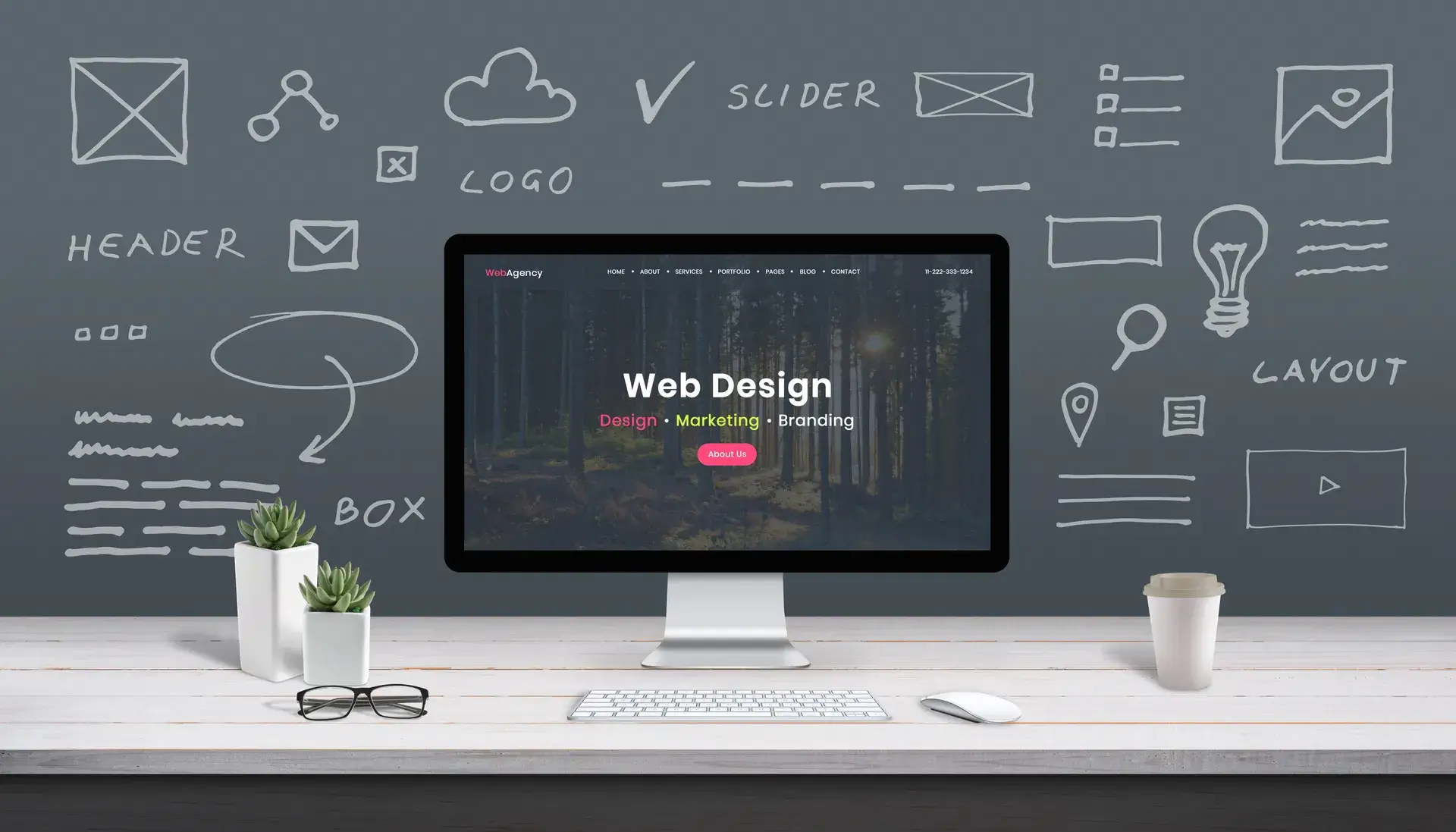In today's digital world, it's essential for websites to be accessible to everyone, including individuals with disabilities. Disability access web design refers to the practice of creating websites that are usable by people with various disabilities, ensuring that your online presence is inclusive. In this blog post, we will discuss the importance of disability access web design, key principles to follow, and practical tips to help you make your website more accessible.
Why Disability Access Web Design Matters
Accessibility is not just a legal requirement; it is also a basic human right. According to the World Health Organization (WHO), over 1 billion people worldwide live with some form of disability. By making your website accessible, you provide equitable access to information and services, enhancing user experience and expanding your audience.
Key Principles of Disability Access Web Design
The following principles are essential for creating accessible websites:
- Perceivable: Users should be able to perceive the content on your site. This includes providing text alternatives for non-text content (like images), using sufficient contrast between text and background, and ensuring that audio or video content has captions.
- Operable: Your website must be navigable and usable by everyone, including those who use assistive technologies. Ensure that all interactive elements (like buttons and links) can be accessed via keyboard navigation and provide clear focus indicators.
- Understandable: Content should be easy to understand. Use clear and simple language, provide instructions for complex tasks, and maintain a predictable layout throughout the site.
- Robust: Websites should be compatible with current and future technologies, ensuring users can access them regardless of their chosen device or assistive technology.
Practical Tips for Implementing Disability Access Web Design
Here are some actionable tips to improve your website's accessibility:
- Use Semantic HTML: Utilize HTML tags correctly to provide meaning to your content. This helps screen readers convey your site's structure effectively.
- Optimize Images: Include alt text for images that describes their content or function, allowing visually impaired users to understand what is on the screen.
- Implement Keyboard Navigation: Ensure that all interactive elements can be accessed using a keyboard, allowing users who cannot use a mouse to navigate your site effectively.
- Test for Accessibility: Use tools like WAVE or Axe to evaluate your website's accessibility and address any identified issues. Regular testing helps maintain an inclusive web environment.
- Educate Your Team: Ensure that everyone involved in your website's design and development understands the importance of accessibility and follows best practices.
Conclusion
Disability access web design is vital for creating inclusive online experiences that cater to all users. By following the key principles of accessibility and implementing practical tips, you can make a positive impact on your audience and enhance your site's usability. At Prebo Digital, we believe that every business should strive for inclusivity. If you need assistance with web design that prioritizes accessibility, contact us today!














